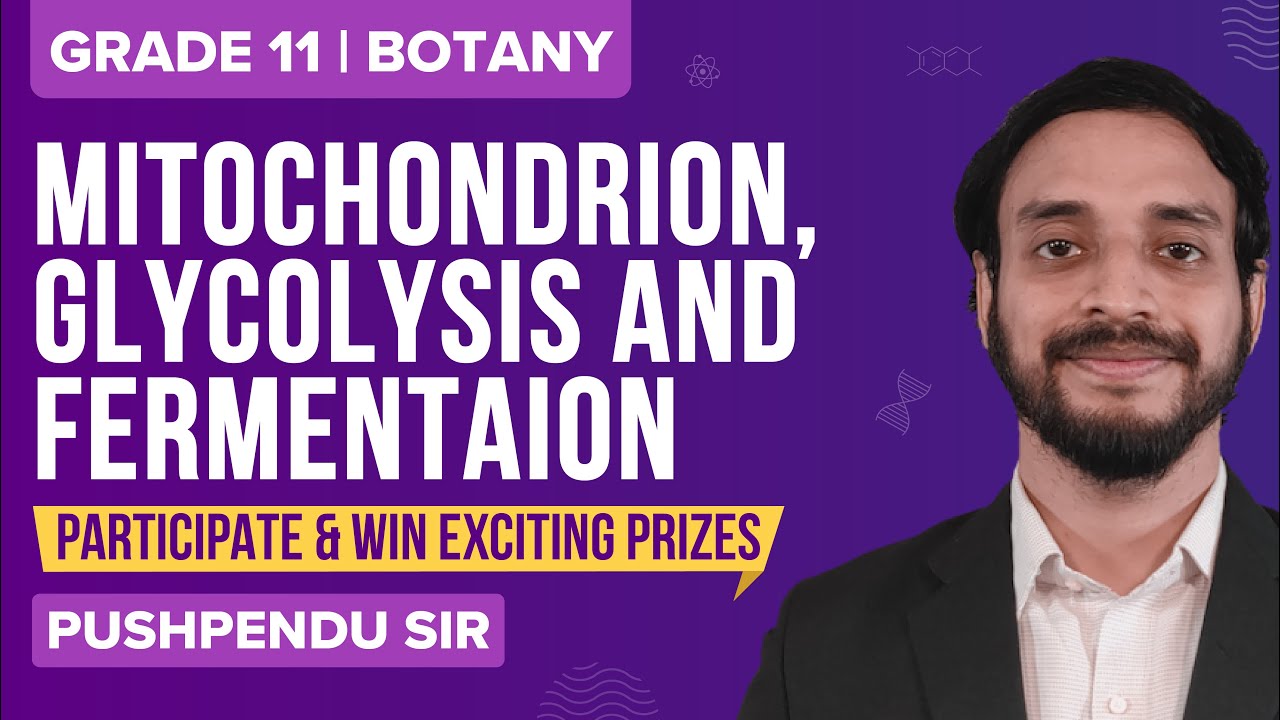Fermentation and glycolysis are activities of conversion of complex substances or molecules into simpler forms to be used and absorbed easily. Both are involved in the conversion of carbohydrates or sugars into forms that can be used, but they differ in the way that the process of fermentation makes use of bacteria or yeast while conversion.
Glycolysis
It is also referred to as the “sweet splitting process” since it indicates the conversion of sugars that are sweet to the tongue. Six carbon sugars are transformed into three carbon sugars. It is at the time of conversion that energy is released. Glycolysis can occur in the absence or presence of oxygen. Based on this, there are aerobic glycolysis and anaerobic glycolysis.
Both fermentation and glycolysis produce ATP, and they both are involved in the production of energy and supplying it to cells. Glycolysis includes many chemical reactions and some enzymes which assist in chemical reactions. Hence, it yields two pyruvic acid molecules, two molecules of ATP, two molecules of NADPH and two molecules of water.
Fermentation
This process begins with glycolysis, utilising pyruvic acid. The products from the pyruvic acid are converted into wastes, wherein there is no energy that is gained. No energy is produced already in this process and usually, the process occurs naturally. It is rare that it happens anaerobically. The commonly known types of fermentation are lactic acid fermentation and alcoholic fermentation (methanol and acetone fermentation).
Lactic acid fermentation – sugar is converted into energy. The process is more common in the preservation of food. It occurs in the presence of fungi and bacteria (Lactobacillus acidophilus). NADH passes its electrons to pyruvate, in this type of fermentation, directly. It can be observed in the production of yoghurt, and in the muscle cells.
Alcohol fermentation – here the sugars in the food are converted into energy. With the use of alcoholic fermentation, some tea, bread, and beverages can be produced. Ethanol fermentation can be carried out by some bacteria and yeast.
Key Differences between Glycolysis and Fermentation
Learn about the important differences between Glycolysis and Fermentation from the table below.
|
Glycolysis |
Fermentation |
|
What it is |
|
|
Enzymes disintegrate carbohydrate |
Metabolic process converting sugars into gases, alcohol or acids |
|
Stages |
|
|
Aerobic glycolysis and anaerobic glycolysis |
Lactic acid fermentation and alcoholic fermentation |
|
ATP |
|
|
Two molecules of it are produced |
No energy is gained |
|
What happens to pyruvic acid? |
|
|
Produces pyruvic acid for the generation of energy |
It is converted into waste product |
|
Pyruvate |
|
|
It enters into the citric acid cycle |
It is either converted into lactic acid or ethanol and regeneration of NAD+ |
You read some differences between Glycolysis and Fermentation. For more such articles, visit us at BYJU’S NEET.
Recommended Video:
Respiration in Plants Class 11 Biology (Mitochondrion, Glycolysis and Fermentation) | NEET 2022

More Here:
Comments